When searching for heating systems, finding an appropriate one can be challenging.
Many types of portable space heaters are currently available in the market, based on infrared technology, oil, propane, or kerosene.
Of these, the last two are especially popular because of their convenience and ease of use.
When comparing propane vs kerosene heaters, you might find that propane heaters are a much more preferable option.
Not only are they more convenient to use and maintain, but they also have high functionality for occasional or emergency use.
However, are these propane heaters truly safe to use indoors? And how does its mechanism affect us? If you’re looking for answers to these questions, you’ve come to the right place. Continue reading our guide to find out!
What is a Propane Heater?
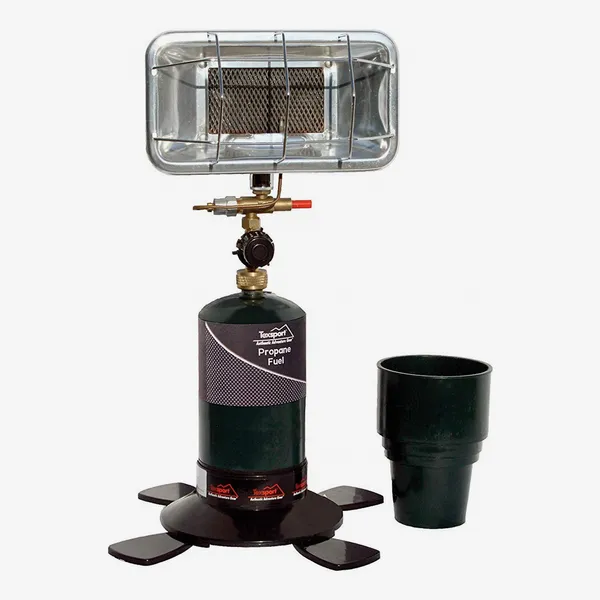
Before diving directly into the main topic of discussion, let’s begin with a quick brief on propane heaters and their functionality, as it will help us understand the effects better. Propane, or LPG, is a gas typically compressed and stored in liquid form for easier use. On combustion, it produces ample heat, which we can use for our benefit. Propane heaters have an extensive system to store this LPG in a tank or container.
Then, the furnaces convert the liquid propane into gas, which further moves across a heat exchanger. When it reaches its set limit, the blower transfers the heat across the exchanger and into the ducts, which distribute it further. This homogenous distribution creates a warm environment in our homes.
Propane heaters are popular because of their efficiency, portability, and convenience. However, as simple as this mechanism sounds, constant combustion can lead to gradual harmful effects. So, does that make propane heaters unadvisable to use? Are there reasons to avoid using it indoors?
Can a Propane Heater Be Used Indoors?
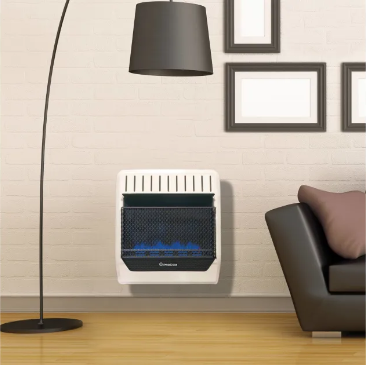
The significant reason why heaters are recommended for outdoor use is because of the high ventilation. The open-air facilitates any gas flow and combustion, which decreases the risk. But what about indoor use?
Considering from a broader perspective, indoor use of propane heaters is rarely recommended without a large number of safety precautions. One of the primary reasons is carbon monoxide poisoning. CO is an odorless, colorless gas that is released heavily in the combustion process of propane. If your indoors aren’t ventilated well, it could lead to accumulation of CO gas. It gradually replaces the oxygen in the red blood cells of the blood, causing carbon monoxide poisoning. CO poisoning can cause severe tissue damage or even death.
Outdoor heaters produce as much as 100ppm (parts per million) of carbon monoxide in just 50 minutes of use. According to research, only 150 PPM can prove fatal in 8 hours of exposure. Because of this, improper use of propane heaters indoors can cause serious damage.
Now that we have explored why it shouldn’t be used indoors, the question of how to facilitate its safe use must have crossed your mind. Are there any precautions we can take to avoid the harmful effects?
Preventive Measures for Safe Use of Propane Heaters Indoors
Here are some precautions you can take to make the indoor use of propane heaters much safer.
1. Ratings
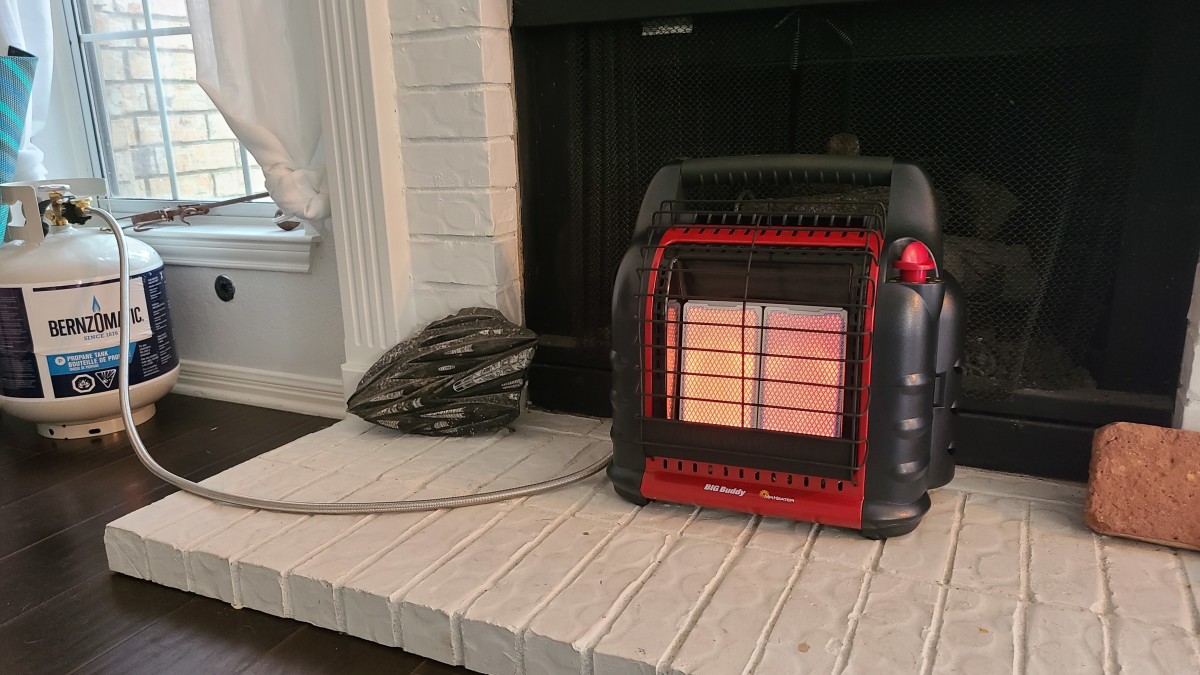
Going by the proven studies and data, it is safe to infer that outdoor heaters cannot be used indoors without causing fatal exposure. However, you can explore propane heaters specifically designed for indoor use. These have automatic shutoffs and oxygen sensors that detect the level of O2 in the room and switch off when required. You can check the ratings and select one of these.
2. Ventilation
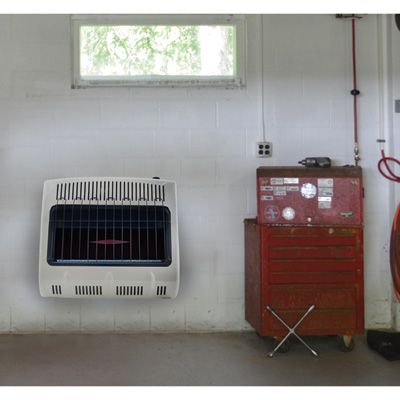
As previously discussed in the above sections, the prime concern caused by indoor use is due to improper ventilation. But if you ensure proper ventilation in the rooms, you can employ propane heaters inside, too. For instance, if you’re using it in a garage, ensure the garage door is open completely so there’s enough space for the remaining combustion products to escape.
3. Flames

Check the color of the flame. The efficient burning of propane releases very little carbon monoxide gas, and the flames are a swift blue. On the other hand, if the gas isn’t being burnt properly or has a large quantity of byproducts, you’ll find red, orange, or yellow colored flames. These are clear indications that the mechanism isn’t working as it should and needs to be checked.
4. Indicators
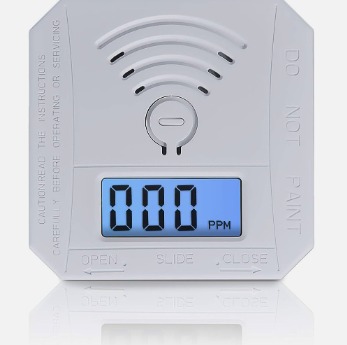
One of the best ways to ensure your safety is to install battery-operated CO detectors. These machines constantly screen the air for oxygen and carbon monoxide content and alert you if the latter levels are disturbingly high. Although the safe-rated heaters have built-in detectors, you should undoubtedly consider installing battery-operated ones to enhance safety.
Conclusion
From the studies mentioned above and research data, we can conclude that propane heaters must not be used indoors without taking care of a few aspects first. The release of carbon monoxide can be fatal to humans or cause tissue damage on extreme exposure. To avoid that, the first step is to ensure high ventilation.
Lack of it can make the heater a fire hazard and also reduce its functioning due to decreasing oxygen levels. Next, you can consider propane heaters specifically designed and rated for indoor use. Install additional detectors to check the CO and O2 levels in the air. Lastly, you can keep an eye on the flame to quickly verify whether the heater is functioning appropriately or not.
Based on the above discussion, do you think propane heaters are safe for indoor use? Let us know your reasons in the comments section below!









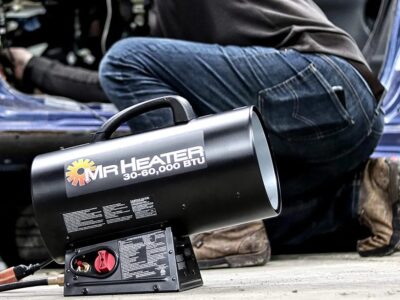
Comments